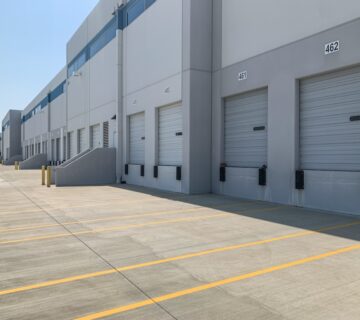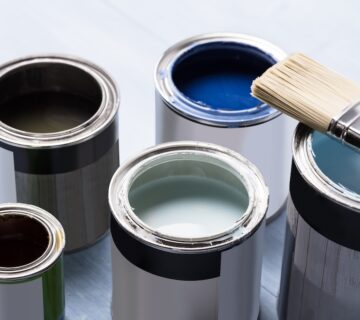Painting is an art that goes beyond the canvas, covering a range of materials, each presenting unique challenges. Materials like wood, metal, plastic, and concrete require specific approaches for a successful paint job. It’s crucial to know the right techniques and materials for each. Using the appropriate methods can greatly affect the quality and durability of the final product. This blog explores the challenges of different materials and how to address them effectively. By doing so, you ensure that your projects endure over time.
Painting Wood
Wood is a popular material due to its natural beauty and versatility. However, its porous nature means it can absorb paint unevenly, which can lead to a finish that looks blotchy or inconsistent. Preparing the surface with a primer is essential to ensure even paint absorption and to seal the wood. Additionally, paying attention to the wood grain is important to achieve a smooth finish, as going against the grain can result in an unsatisfactory appearance.
Painting Metal
Metal surfaces can be tricky due to issues with rust and paint adhesion. Removing any rust and applying a rust-inhibiting primer is vital before painting to prevent future corrosion. Also, choosing a paint that’s specifically formulated for metal will help in achieving long-lasting results. A topcoat that is designed to bond with the metal can add extra durability and protect the paint from the elements.
Painting Plastic
Plastic surfaces pose a challenge due to their non-porous and often slick nature. Using a primer designed for plastic can greatly improve paint adhesion, forming a bond that regular paint alone may not achieve. It’s also important to use paints that are flexible enough to accommodate the expansion and contraction of plastic, which prevents the paint from cracking or peeling over time.
Painting Concrete
Concrete is highly porous and can retain moisture, which can lead to paint failure if not properly sealed. Sealing the concrete and ensuring it’s completely dry before painting is crucial for a lasting paint job. Additionally, masonry paint is recommended for its ability to withstand the unique challenges posed by concrete, such as alkalinity and moisture migration from the substrate.
Painting Drywall
Drywall requires a smooth and seamless finish for an aesthetically pleasing appearance. This involves proper joint taping, thorough sanding, and the application of a primer to prevent the paint from being absorbed too quickly, which can cause an uneven texture. Using the right type of paint ensures a uniform appearance and helps hide any minor imperfections in the drywall.
Painting Fabrics
Painting on fabric is unique due to its flexible nature and texture. Fabric paints or acrylics mixed with a fabric medium can offer the best results, as they adhere to the fibers and remain flexible after drying. The key is to ensure the paint is absorbed properly while maintaining the fabric’s flexibility, which is essential for preserving the feel and comfort of the painted fabric.
Painting Ceramics
Ceramics require paints that can adhere to smooth surfaces and withstand various temperatures. People often use epoxy or enamel paints for their durability and heat resistance. Cleaning and priming the surface are critical steps before painting to ensure the paint adheres and remains vibrant after curing. Additionally, applying a protective sealant can further enhance the longevity and appearance of the paint.
Final Thoughts
Each material presents unique challenges in painting, from adhesion and absorption issues to dealing with rust and moisture. Mastering the art of painting different materials requires knowledge, patience, and the right approach. Understanding these challenges and how to address them is key to achieving a durable and aesthetically pleasing finish. For more information on painting different materials and other painting tips, visit our website at sisupainting.comand our blog at sisupainting.com/blog.





No comment